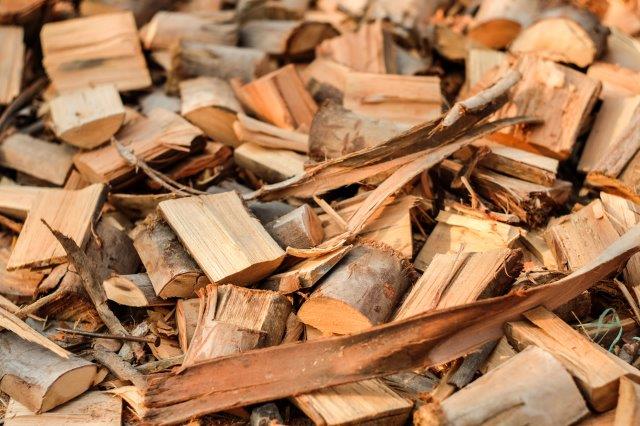Under the influence of interferons, chronic viral infections cause strong inflammation. This causes the B cells to initiate an inadequate immune response which first optimizes the production of antibodies for a short period, but then rapidly subsides. (Image: University of Basel)
Scientists at the University of Basel discovered a fundamental new mechanism explaining the inadequate immune defense against chronic viral infection. These results may open up new avenues for vaccine development. In the course of an infection or upon vaccination, B cells, produce antibodies that bind viruses and inactivate them. In the context of chronic viral infections such as HIV or hepatitis C virus, however, antibody production by B cells is quantitatively inadequate and starts too late.
A team of scientists...
Read More









Recent Comments